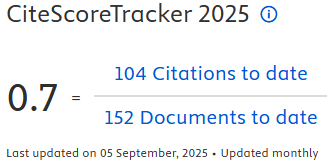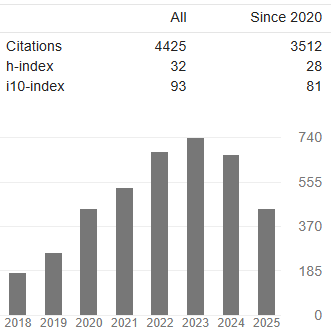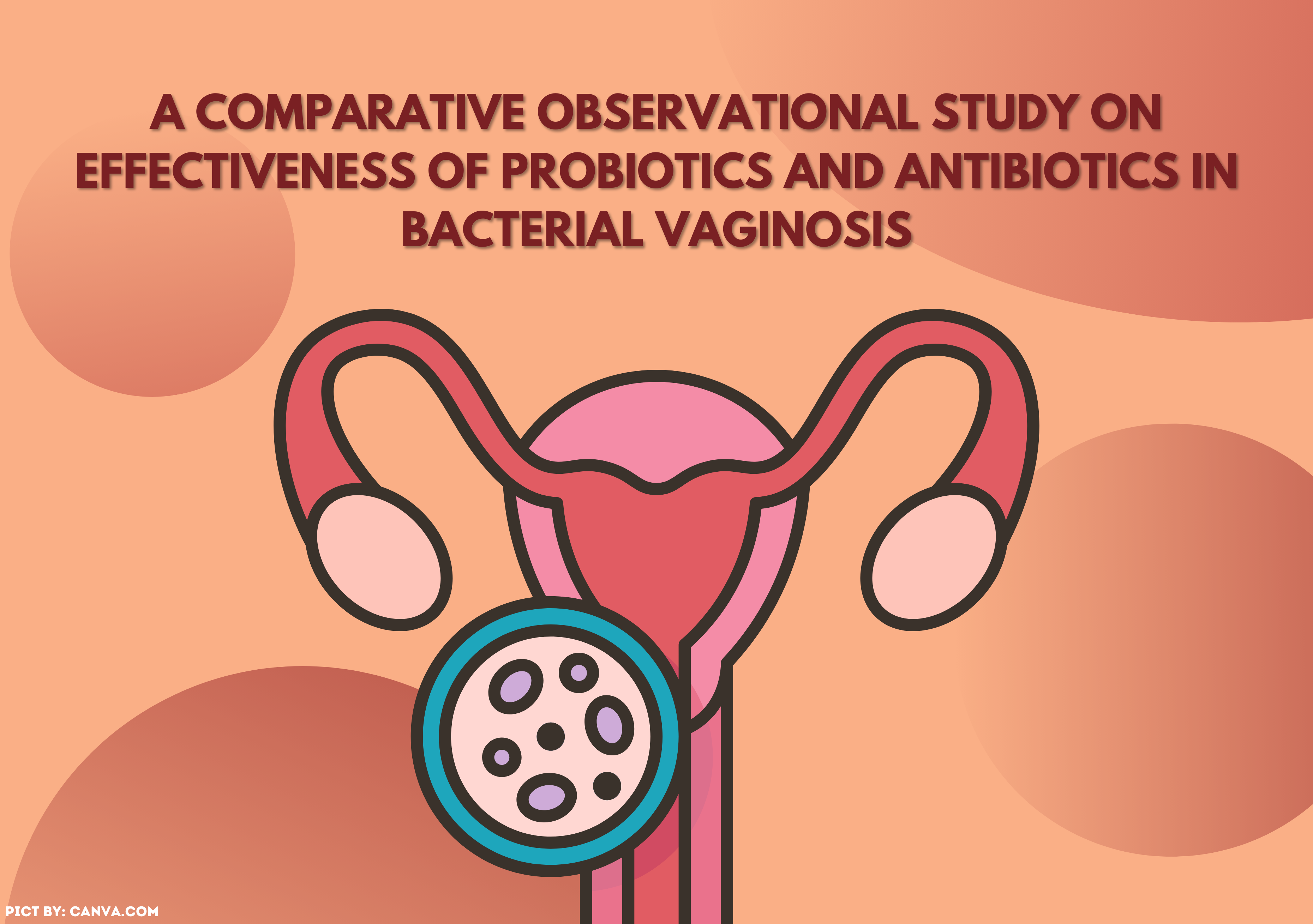DETERMINANTS OF NEONATAL MORTALITY BASED ON THE 2017 INDONESIAN DEMOGRAPHIC AND HEALTH SURVEY (IDHS)
Downloads
ABSTRACT
Infant mortality is still a major health problem in Indonesia as 63% of deaths occur in the neonatal period. The trend of the neonatal mortality rate in Indonesia has decreased from 15 (2017) to 13 deaths per 1,000 live births (2018), but this does not meet the Sustainable Development Goals (SDGs) target. Evidence-based health interventions are based on determinants that most influences neonatal mortality. The purpose of this study was to determine the most influential determinants of neonatal mortality in Indonesia. This research is an analytic observational study that uses the 2017 Indonesian Demographic and Health Survey (IDHS) data, with a cross-sectional design. This study's population was the last baby of married women of childbearing age (15-49 years) and was recorded in the 2017 IDHS with a sample of 15,102 babies. The outcome variable in this study was neonatal mortality. The analysis was conducted in stages, namely univariate analysis, bivariate analysis using the chi-square statistical test (X2), and multivariate analysis using logistic regression. The results showed that 85.71% of deaths occurred in the early neonatal period. The most influential determinants of neonatal mortality were male sex (adj OR = 2.91: 95% CI 1.78-4.76), low birth weight (adj OR = 12.08: 95% CI 7.38-18.86) and parity status ≥ 4 (adj OR = 2.11: 95% CI 1.22-3.61). Public health interventions aimed at reducing neonatal mortality should be linked to newborn and maternal characteristics that significantly influence Indonesia's neonatal mortality. Therefore, health services must consider adequate postpartum neonatal care that is fully integrated with medical care. Moreover, further prevention of potential factors that cause low birth weight before conception should be implemented and further control of births would optimize the family planning program.
Keywords: gender, low birth weight, parity status, determinant, neonatal mortality, Indonesia
Adewuyi, E.O. and Zhao, Y., 2017. Determinants of neonatal mortality in rural and urban Nigeria :Evidence from a population-based national survey. pp.190–200.
Bai, J., Wong, F.W.S., Bauman, A. and Mohsin, M., 2002. Parity and pregnancy outcomes. (February).
Gordis, L., 2014. Epidemiology. Canada: Elsevier Ltd.
Hill, K. and Choi, Y., 2006. Neonatal mortality in the developing world. Demographic Research, 14, pp.429–452.
Kesterton, A.J., Cleland, J., Sloggett, A. and Ronsmans, C., 2010. Institutional delivery in rural India: The relative importance of accessibility and economic status. BMC Pregnancy and Childbirth, 10.
Al Kibria, G.M., Khanam, R., Mitra, D.K., Mahmud, A., Begum, N., Moin, S.M.I., Saha, S.K. and Baqui, A., 2018. Rates and determinants of neonatal mortality in two rural sub-districts of Sylhet, Bangladesh. PLoS ONE, [online] 13(11), pp.1–19. Available at: <http://dx.doi.org/10.1371/journal.pone.0206795>.
Malhotra, N., Puri, R., Malhotra, J. & Singh, K. N., 2014. Operative Obstetrics & Gynecology. s.l.:JP Medical Ltd.
Ministry of Health RI, National Population and Family Planning Agency and RISKESDAS, 2018. Demographic Survey and Basic Health Research 2018, pp.1–446.
Mosley,W,H and Chen, L, C., 2003. Extracted from : Population and Development Review 1984 ; 10 Suppl : 25 – 45 . Bull World Health Organ, 81(2), pp.140–145.
Muenchhoff, M. and Goulder, P.J.R., 2014. Sex differences in pediatric infectious diseases. Journal of Infectious Diseases, 209 (SUPPL. 3).
Oakley, L., Maconochie, N., Doyle, P., Dattani, N. and Moser, K., 2009. Multivariate analysis of infant death in England and Wales in 2005-06, with focus on socio-economic status and deprivation. Health statistics quarterly / Office for National Statistics, (42), pp.22–39.
Pongou, R., 2013. Why Is Infant Mortality Higher in Boys Than in Girls? A New Hypothesis Based on Preconception Environment and Evidence From a Large Sample of Twins. Demography, 50(2), pp.421–444.
Prawirohardjo, S., 2008. Midwifery Science. Jakarta: Bina Pustaka Foundation.
UNICEF, 2016. Maternal and Newborn Health Disparities Kenya.
UNICEF, Maternal and Newborn Health Disparities, p.8.
UNICEF: WHO: World Bank: UN DESA, 2018. Levels and Trends in Child Mortality 2018. [online] pp.1–44. Available at: <https://data.unicef.org/wp-content/uploads/2018/09/UN-IGME-Child-Mortality-Report-2018.pdf>.
UNICEF: WHO: World Bank: UN DESA, 2019. Levels & Trends in Child Mortality 2019. UN IGME report, p.52.
WHO, 2006. Perinatal and neonatal mortality. WHO Library Cataloguing-in-Publication Data. Geneva.
WHO, 2020. World health statistics 2020: monitoring health for the SDGs, sustainable development goals. Geneva.
- The authors agree to transfer the transfer copyright of the article to The Indonesian Journal of Public Health effective if and when the paper is accepted for publication.
- Authors and other parties are bound to the Creative Commons Attribution-NonCommercial-ShareAlike 4.0 International License for the published articles, legal formal aspect of journal publication accessibility refers to Creative Commons Attribution-NonCommercial-ShareAlike 4.0 International License (CC BY-NC-SA), implies that:
- Attribution ” You must give appropriate credit, provide a link to the license, and indicate if changes were made. You may do so in any reasonable manner, but not in any way that suggests the licensor endorses you or your use.
- NonCommercial ” You may not use the material for commercial purposes.
- ShareAlike ” If you remix, transform, or build upon the material, you must distribute your contributions under the same license as the original.































